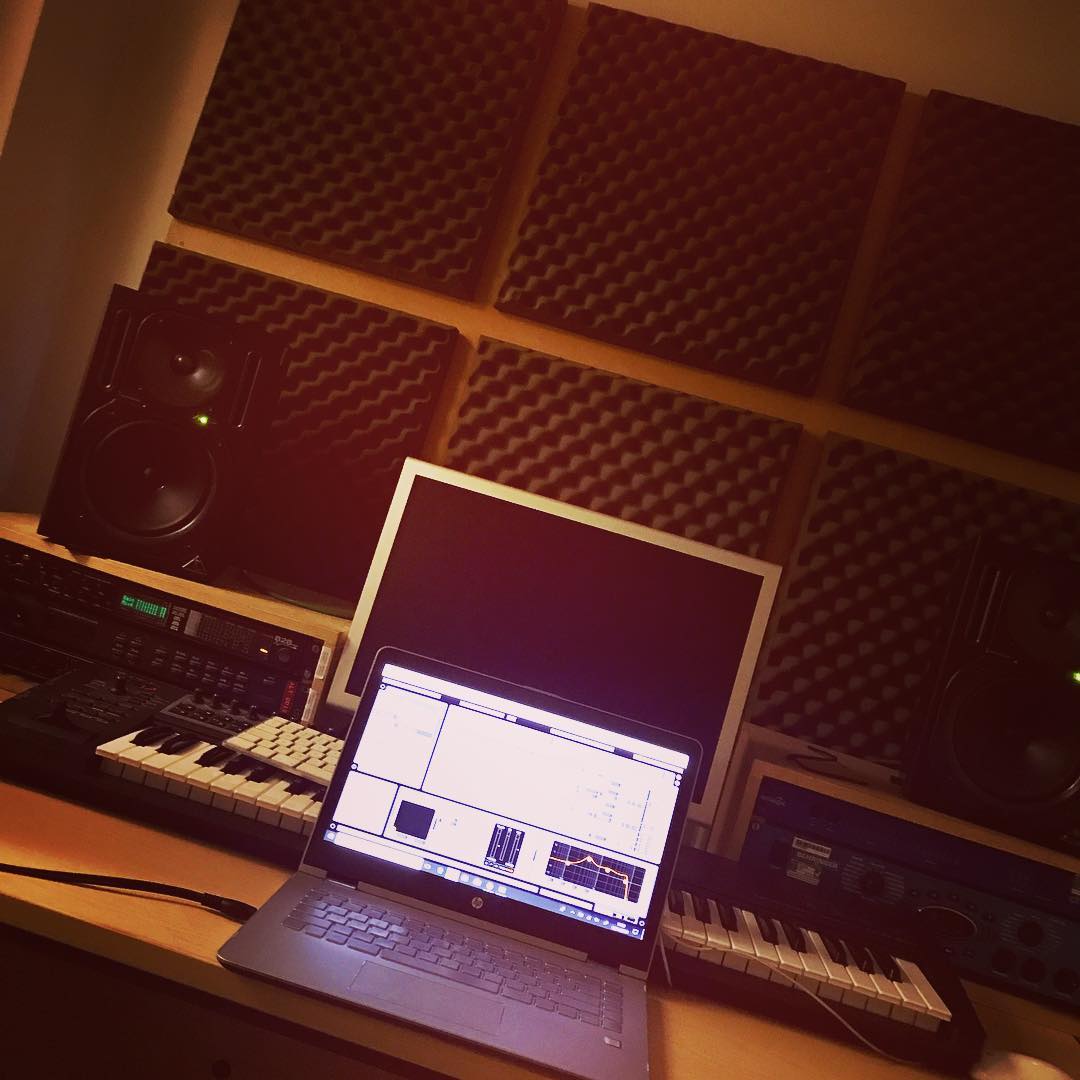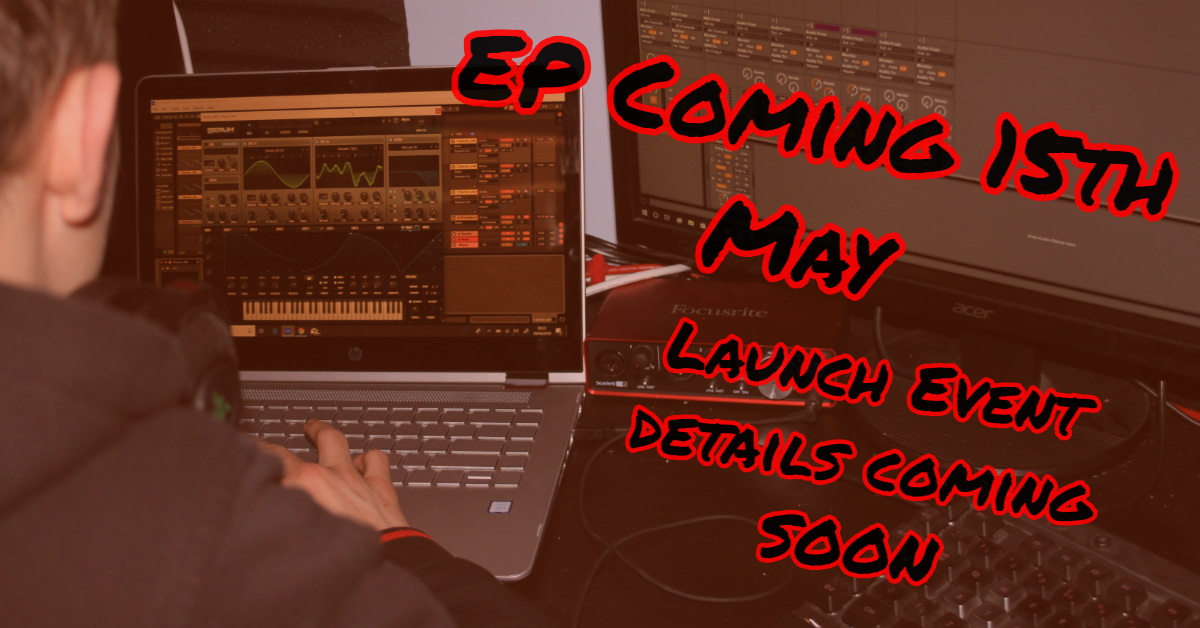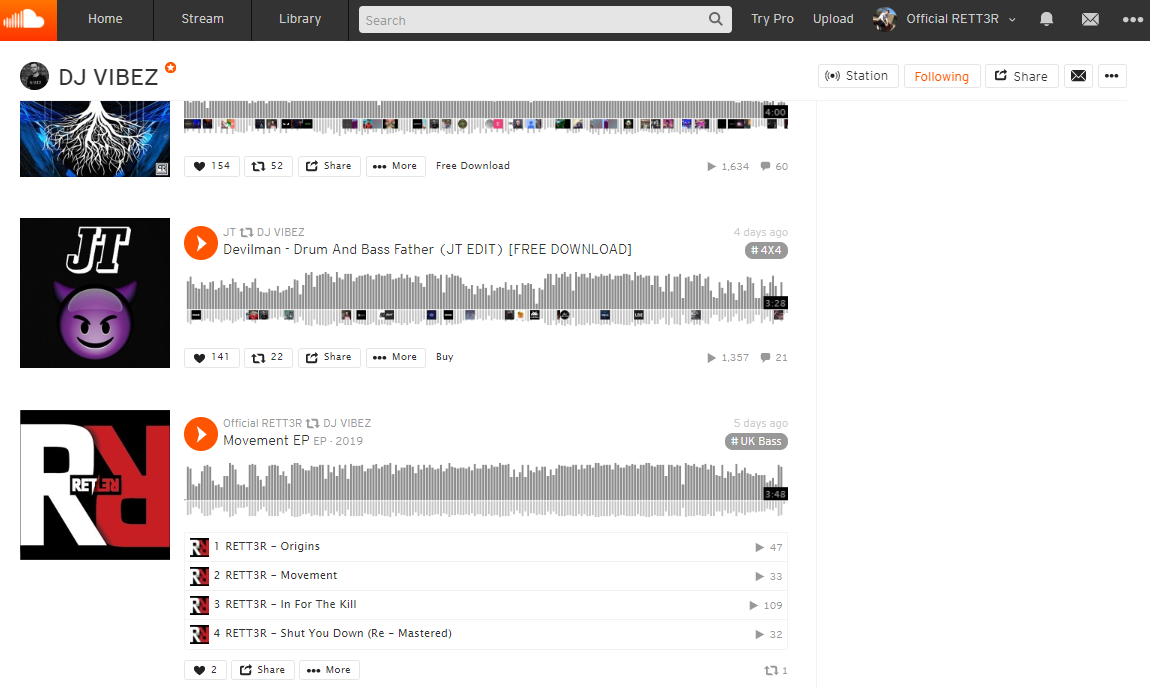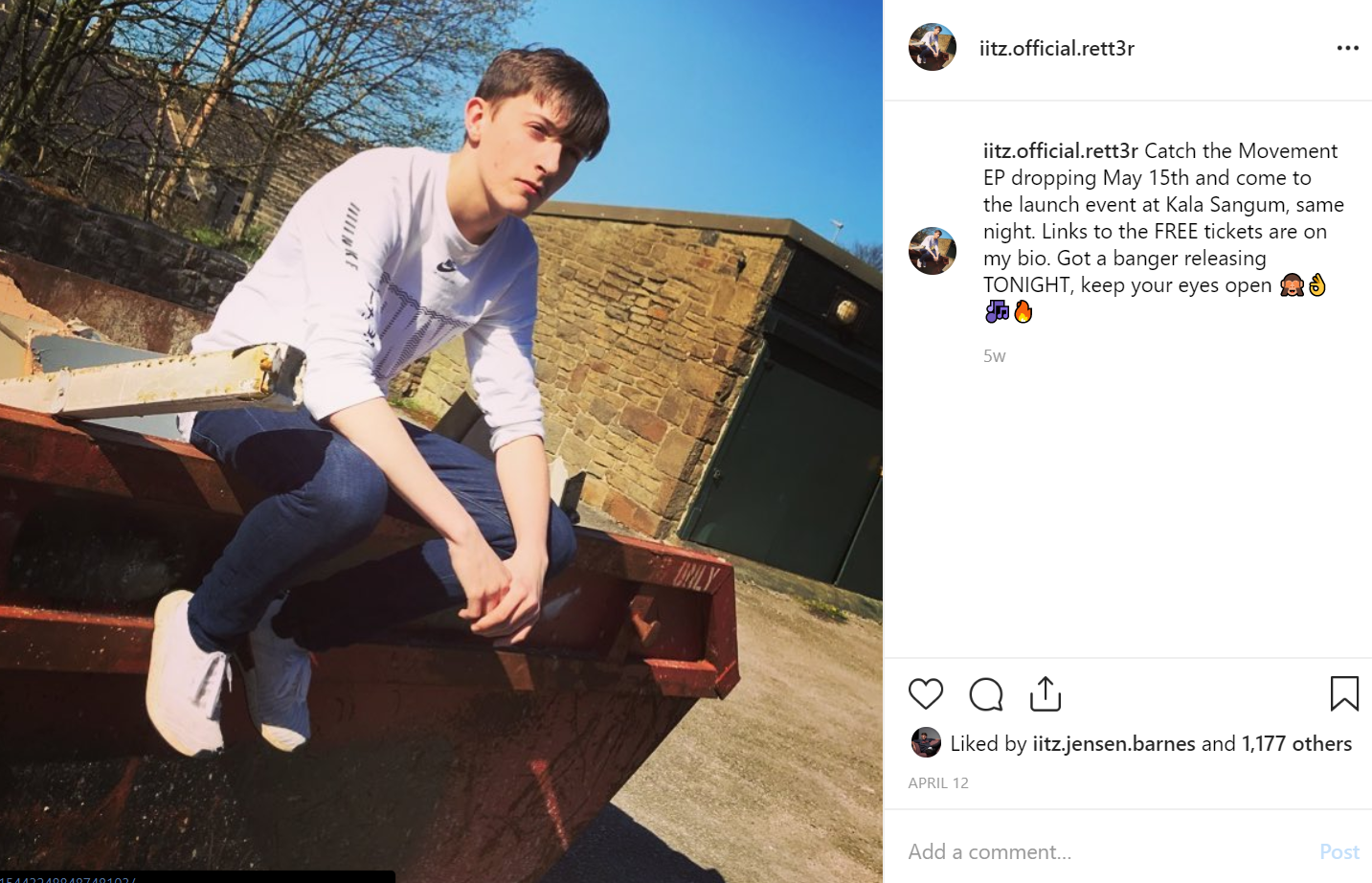Branding:
” A brand is a recognizable name. Branding – or building a brand – is important if your product isn’t just a one shot deal… ” (Lathrop, 2007)
Being able to promote yourself as an artist is insanely important. Knowing how to engage with your audience will allow you to draw in a bigger fan base and grow your business. Branding doesn’t just apply to normal businesses, it applies just as much to artists. If you’re audience can recognise you’re signature logo and name, they’ll be way more likely to listen to you’re music again, and recommend you to others.
This is called brand loyalty.
Consistency is key to building a good brand. This means choose a style, colour set, logo, name, etcetera, and stick to it. It’s no good calling yourself something one day and then changing you’re name all the time, because even if people like your music, they wont be able to find your music anywhere. It doesn’t matter how good your advertising and audience engagement is when they can remember who you are.
Being Stylistically Appropriate:
As obvious as it might sound, keeping your image close to the trend that your genre follows is very important. Lets say a Jazz band release an album, with a high tech, modern looking cover, it wouldn’t make much sense, or if they made a promotional video of a UK Bass rave that consisted of people playing instruments, that wouldn’t make sense either. Really this is just common sense. Following the trends of your genre will help your target audience know that it’s something they might be interested in, it draws their attention, a bit like kids and bright colours.
Visuals:
Everything from how your logo is designed, to how your pictures look, is incredibly important. To use visuals successfully, you need to be able to paint the picture you want your audience to see, without using words. This might sound easy, but describing yourself and your music through a picture is quite hard in reality, especially when held in the confines of staying stylistically appropriate. People make an assumption on anything they see within the blink of an eye subconsciously, so catching their attention in the right way is key. Here’s some examples of the visuals I’ve been using.



I kept my consistency, and I kept things simple. Doing this meant that people who see them don’t look and immediately think its something they’re not interested in. Truth is, us humans a VERY lazy, too much text can put people off immediately, so keeping things as simple as possible is way more important than you think, you can always put more information in the description of the picture, put the most important and key things in the picture that are most likely to catch your target audiences attention above everything else.
Direct & Semi Direct Promotion:
Direct promotion means finding people who you know are in your target audience, and contacting them about your product trying to sell it, whilst semi direct promotion is about using influencers that regularly engage with your target audience and getting them to promote your product and sell it. Direct promotion, especially for somebody in my position, can be very difficult without already having a fan base, however, I could try advertising my product to my friends and people I know how like my genre, even though it might not make much difference, it still helps. Semi direct promotion however, is something that will be a much more viable option for me thanks to my time networking within my genre recently. Messaging fellow artists regularly about my EP, without irritating them obviously, will be a massive help for me, because when I promote their products, they’ll promote mine to their audience, meaning that their audience and mine will both find a new artist they might like, and join that artists fan base.

As you can see, DJ Vibez reposted and shared my EP on social media, he did this because I did the same with his mixes. as the saying goes, scratch my back and I’ll scratch yours.
Indirect Promotion:
Indirect promotion doesn’t mean blindly advertising your product to everyone, you can still target it towards your target audience, it just means that you aren’t directly telling somebody about it. For example, Facebook offers a service to promote your posts and websites, etc, to a target audience of your choosing, allowing you to select a region, age range, particular interests, etc. This allows you to reach people who you might not be able to reach via other forms of promotion. A benefit of using Facebook is the fact that you can promote on Instagram as well. I actually got a £30 free voucher to promote with on Facebook which was incredibly lucky.

This isn’t all the results I’ve had from this promotion, I also promoted a post on Instagram that gained over 1000 likes!
